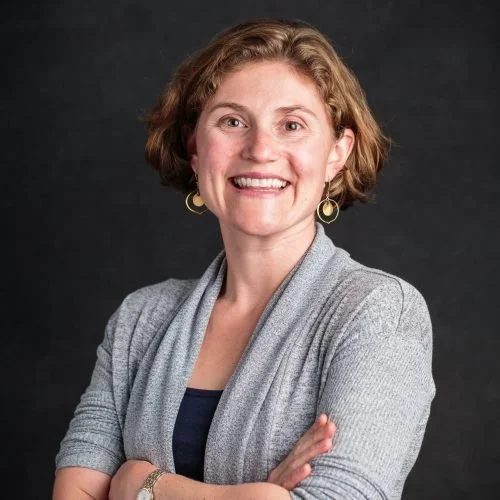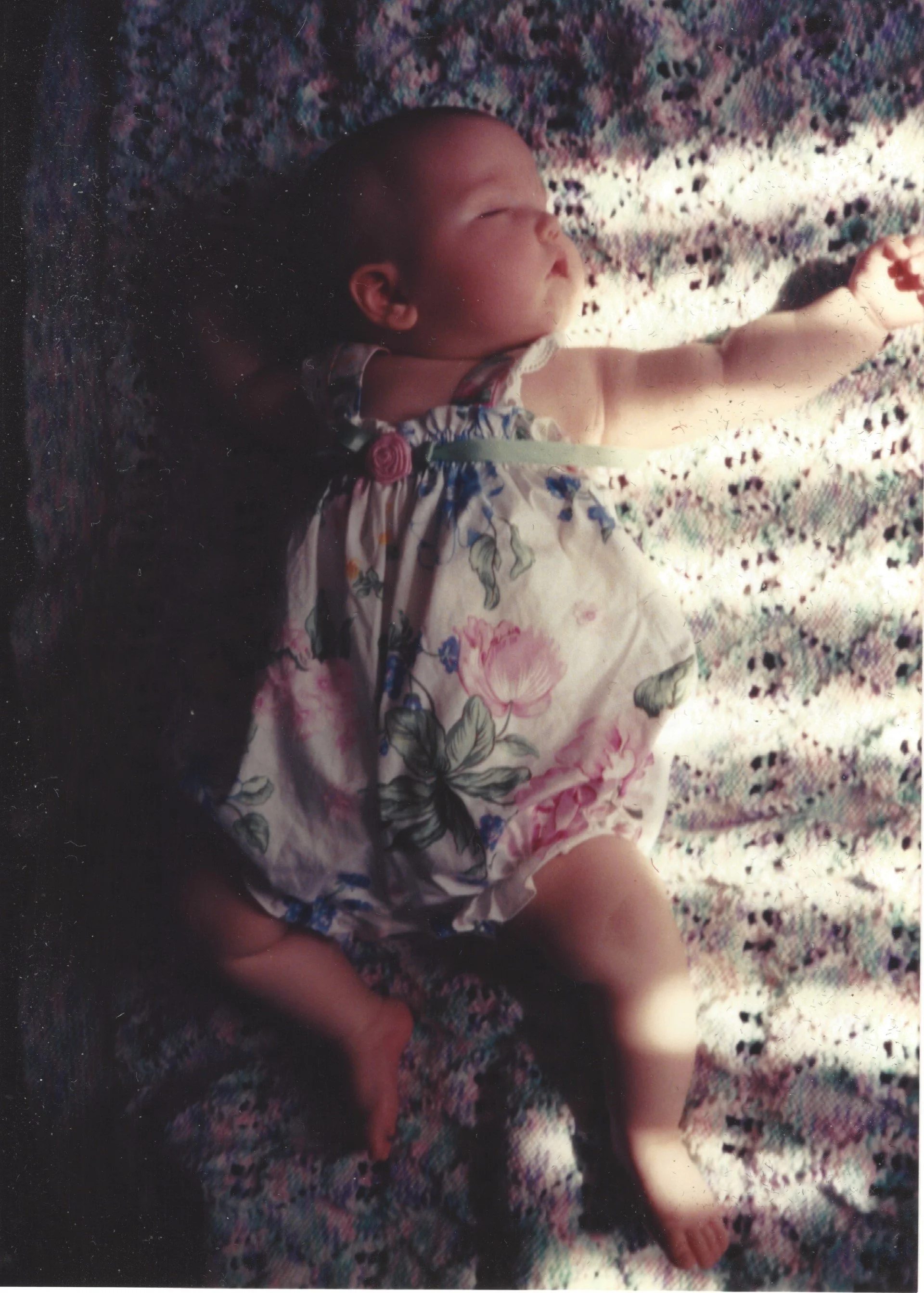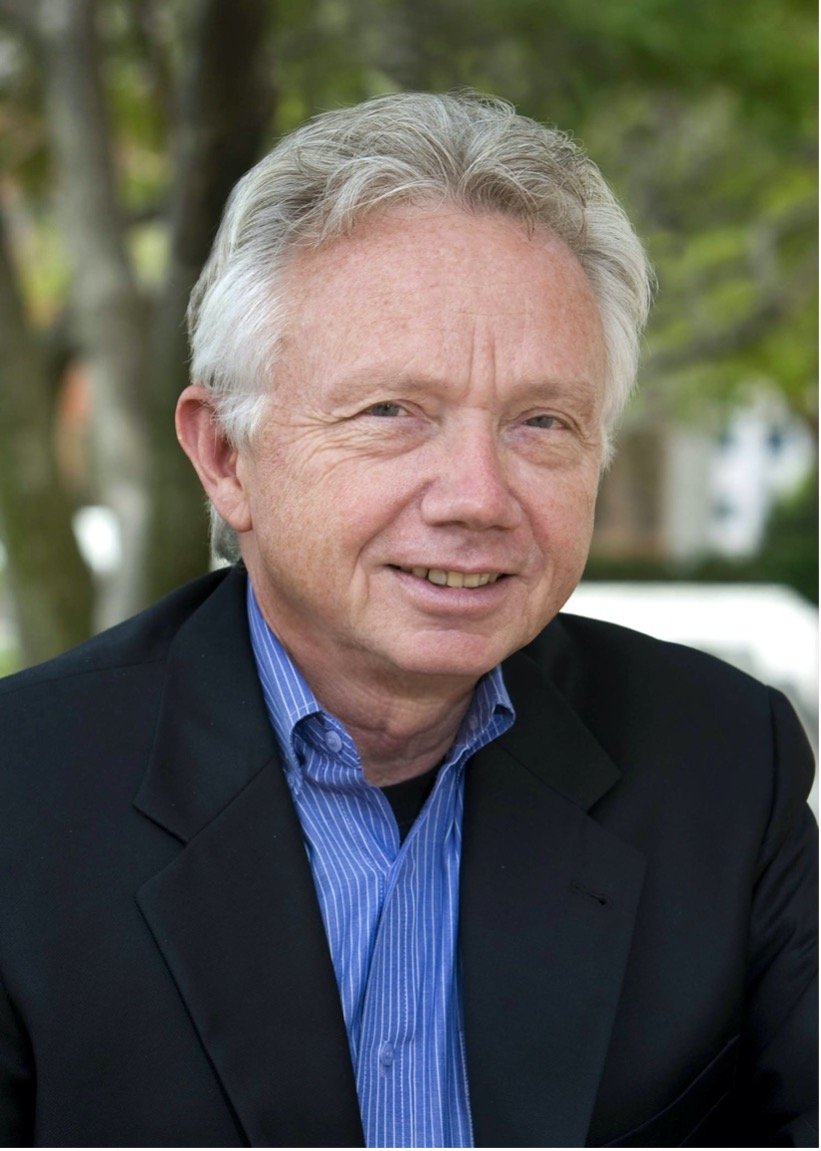Katherine blowing out her candles
Twenty years ago today, Katherine celebrated her last birthday.
It would be impossible to express the misery of living on without her – for one minute, much less twenty years – so I won’t try. But multiply that misery times all the parents who have lost children, not to mention all the children themselves who have lost so many decades of their lives. That’s the worst of it – that she is missing out on a life that I am left only imagining – and that she wanted so badly to live every day of. In 2021, an estimated 15,590 children were diagnosed and 1,789 died of cancer. Cancer among children has increased 41% just since 1975, and numbers began rising soon after World War II, when so many more pesticides were converted from nerve gas to agricultural and other uses, just for starters.
Cancer, particularly childhood cancer, and even more particularly leukemia, is being increasingly recognized as preventable. All the research suggests that most cases of childhood cancer result from exposures to environmental chemicals during childhood, pregnancy, or even before conception. I am presently working with the Childhood Cancer Prevention Initiative (CCPI), an amazing group of researchers, health care professionals, activists, and business people working towards a cancer-free economy. Even the title says, “About time!” It’s about time we recognized the truth the research has been telling us for decades: that we could prevent the #1 disease killer of children, and the #2 killer of children overall. The reverse question is also worth asking: why do we continue to grant social license to the chemical industry to kill some number of our children – and the rest of us – each year? 20% of Americans will die of cancer. What price should we put on a life? Katherine’s would have been extraordinary: she was brilliant, beautiful, imaginative, joyous, and loving.
So little progress has been made since she died, though I remain committed to fighting the good fight as long as I can, in every way I can. Chlorpyrifos, the chemical sprayed for mosquitoes chiefly responsible for Katherine’s death, was slated for banning before she died, yet it was not until last year that that was finally accomplished, and only for food applications, partly because the Trump administration overturned the already made determination for another five years.
When it comes down to it, there are so many heroes who are working to protect children: all the researchers in childhood cancer; the professional organizations that have made statements on environmental chemicals and cancer, like the American Academy of Pediatrics (AAP), The American College of Obstetricians and Gynecologists (ACOG), and The Endocrine Society; advocacy groups like CCPI, The Program for Reproductive Health at the Environment (PRHE) at UCSF, the Children’s Environmental Health Network (CEHN), and the Children’s Environmental Health committee of the American Public Health Association’s Environmental Section, with whom I’ve also been working. There are also so many villains who do their best to ignore the evidence that their industries or practices are killing children. You know who you are: fossil fuels, plastics, pesticides, some manufacturers. The list goes on.
Katherine did not just die. She was killed. Her doctors and I saw it at the time, and the evidence for it is more robust every year. I hope anyone reading this will consider how they can avoid products and practices that contribute to this tragedy, as we continually poison children – others’ as well as our very own.












